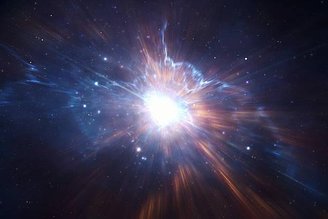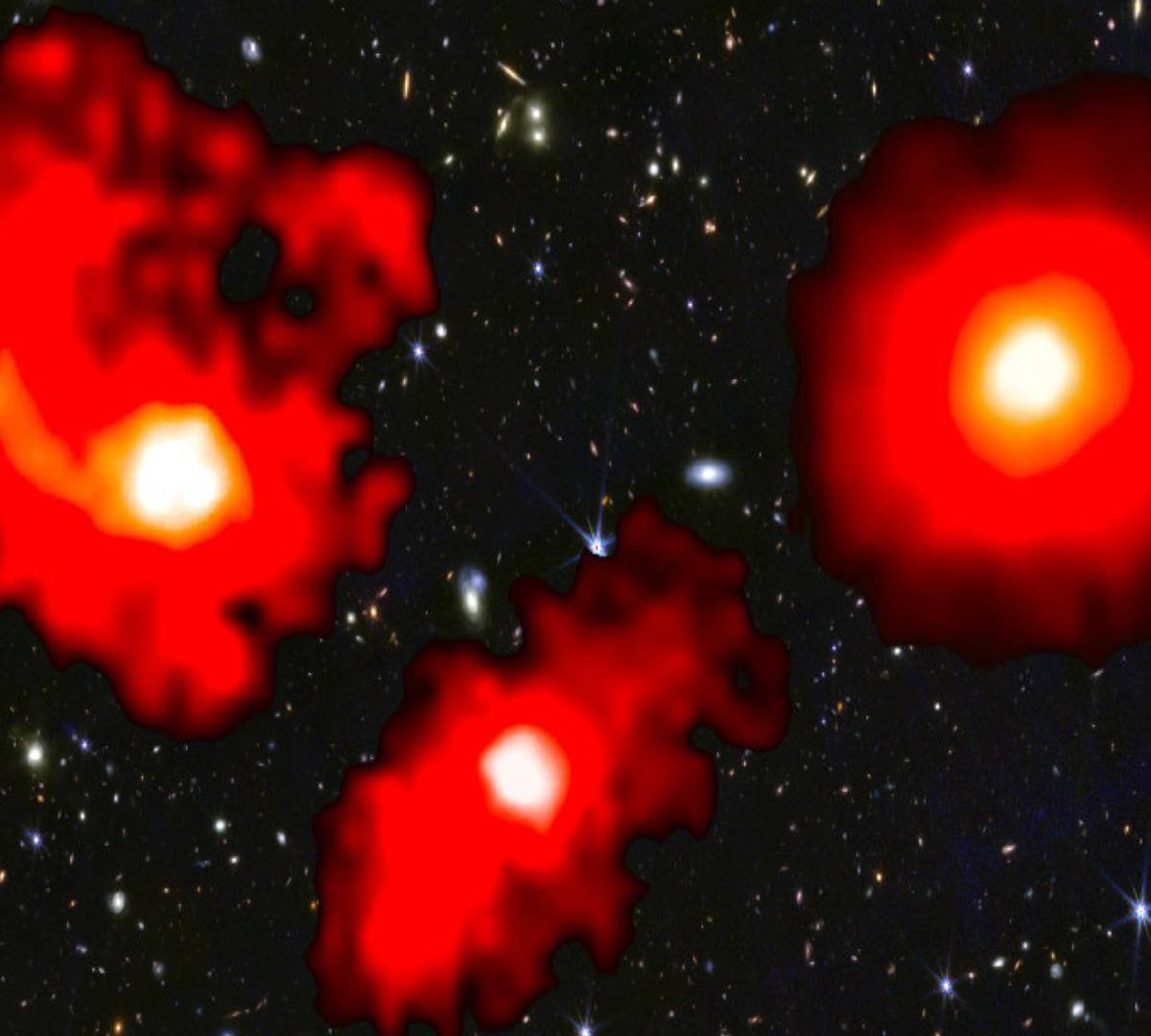Three “monster”-sized galaxies, each as large as the Milky Way, were detected by the James Webb Space Telescope (JWST) in the first billion years after the Big Bang. The discovery “upended” our current understanding of the formation of galaxies in the early Universe.
After all, since the light observed by JWST came from the early Universe, the expectation was that only young, small, infant galaxies could logically exist at that primitive time. But some of the newly discovered monsters appear to be as large, mature, or even larger than many modern galaxies.
This accelerated formation of seemingly very massive galaxies during the universe’s first billion years kept many astronomers up at night. because these are theoretically “impossible”. For co-author Ivo Labbé of Swinburne University of Technology in Australia, this is like finding a small child weighing 100 kilograms.
How were three massive galaxies observed?
The JWST Spectroscopically Complete First Reionization Epoch Observations (FRESCO) study that guided this research uses slitless spectroscopy, an observation technique that collects spectra simultaneously from all points of a celestial object. Observation with a near-infrared camera (NIRCam) is ideal for measuring the precise distances and physical properties of galaxies.
This allows astronomers to observe galaxies in the very distant and early Universe. While most of the observed galaxies fit existing models, they came across these three galaxies that were extraordinarily massive for the time they were observed.
Beyond their enormous size, what intrigues astronomers is that these three early galaxies They form stars twice as fast more than lower-mass galaxies at the same time, and even more than common galaxies at later times in cosmic history.
A new understanding of the early universe

While “The Three Red Monsters” does not directly contradict the current cosmological model, it does challenge some existing theories about galaxy formation. This is mainly because JWST is discovering more galaxies with much larger masses than expected for the beginning of the Universe.
“As we study these galaxies more deeply, they will provide new insights into the conditions that shaped the earliest epochs of the Universe. ‘Red Monsters’ are just the beginning of a new era in our exploration of the early Universe,” said the study’s lead author, Mengyuan Xiao, a postdoctoral researcher at the University of Geneva in Switzerland.
Whatever future insights emerge from JWST or other observations, current models of galaxy formation need to include these unique processes that allow some early massive galaxies to achieve such efficient star formation. This could perhaps explain why the Universe formed so quickly at the beginning.
The study was published in the journal Nature.
Did you like the content? Stay up to date with more astronomical discoveries like this on TecMundo and take the opportunity to discover why galaxies have such different shapes.
Source: Tec Mundo
I’m Blaine Morgan, an experienced journalist and writer with over 8 years of experience in the tech industry. My expertise lies in writing about technology news and trends, covering everything from cutting-edge gadgets to emerging software developments. I’ve written for several leading publications including Gadget Onus where I am an author.













